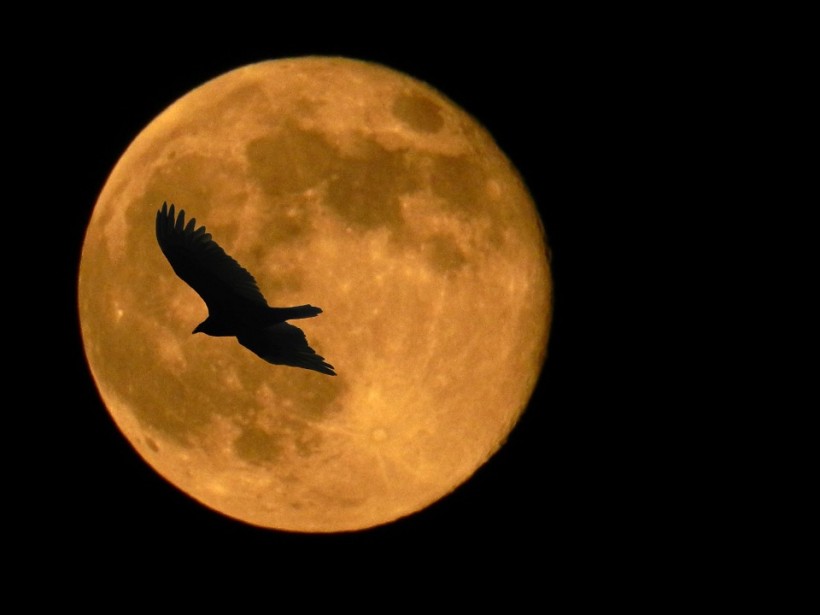(Photo : Pixabay)
March 8 and 9 marks the Worm Moon, the first super moon this year. When the moon looks entirely illuminated on Earth, a full moon occurs. The moon does not have a light on its own, so when a full moon happens, it is reflecting the light from the sun.
A super moon happens whenever a Full Moon approaches within the moon's closest point of the orbit concerning Earth. This makes the moon not only full but is bigger and brighter than usual.
In the coastal areas of the US, super worm moon rose at 7:01 p.m. of March 9, and its moonset is at 8:07 the next morning. Meanwhile, in North and South America, the super worm moon peaked during the daylight hours on March 9.
Why is it called the Worm Moon?
Traditionally, moon-naming is rooted in Native American Culture. Assigning a distinctive name to each full moon helped keep track of the seasons, basically breaking the year into months. For thousands of years, this practice has been used by people around the world to keep track of time and seasons.
Every full moon has its name. The full moon last month's moon is known as the Snow Moon (or sometimes, the Hunger Moon), while the next full moon is called the Pink Moon. May is dubbed as the Flower Moon, while June is the Strawberry moon and July, the Buck Moon.
The full moon of March is known as "Worm Moon" because, at this time of the year, the soil has begun thawing, and the earthworm casts would be visible on the soil again. This is also the time when birds return eating again, signaling the start of spring.
In some tribes, it is known as "Crow Moon", or the calling of the crows, signaling that winter has ended. Worm moon usually marks the end of winter - marking the cold, dark period of the year and commencing a new cycle in the natural world. It is often associated with fertility and renewal.
In some areas, it is called the "Sap Moon" as it marks the time when the sap of sugar maples begins flowing and thus tapped. In Germany, this full moon is called Lenten Moon. Lent means spring for Germans and this where the Christian Festival, lent if from.
For some people, the happening is also called the Full Crust Moon as it is the time when snow cover becomes crusted due to snow falling in the day and freezing at night.
The Worm Moon marks the start of warmer months, as it is the last moon before the spring equinox. Spring equinox is one of two days in a year where nights and days are equal in length. It signals the coming of warmer months, while fall equinox in September commences the coming of winter. The spring equinox this year will happen on March 19.
The Worm Moon is also the first of three successive full moon supermoons in 2020 - the other is expected on Wednesday, 8 April and Thursday, 7 May.
© 2024 NatureWorldNews.com All rights reserved. Do not reproduce without permission.





![Roundworms with Short Memories 'Stop Forgetting' When Frozen or Given Lithium [Study]](https://1471793142.rsc.cdn77.org/data/thumbs/full/70295/280/157/50/40/roundworms-with-short-memories-stop-forgetting-when-frozen-or-given-lithium-study.jpg)
